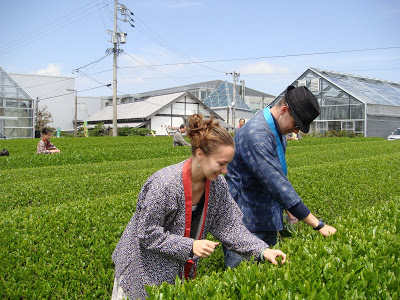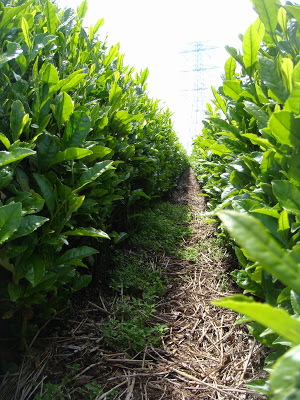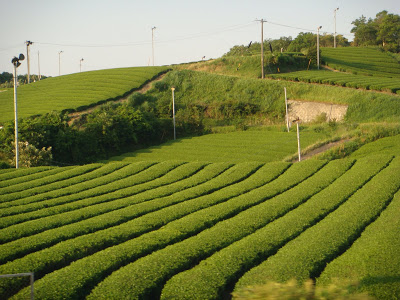 “If a man has no tea in him, he is incapable of understanding truth and beauty.”
“If a man has no tea in him, he is incapable of understanding truth and beauty.”
~Japanese Proverb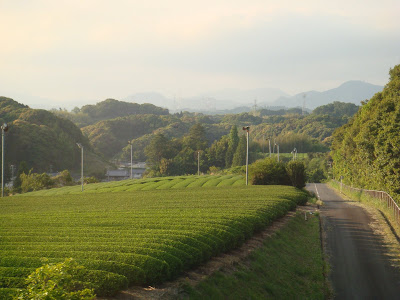
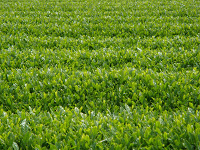 Ancient Asia and Old Japan extended down the sloped hills on either side of the modern freeway as we zipped along. Scalloped fields of emerald tea bushes stretched toward distant hills; farmers in pointed hats waded in flooded rice flats; a scarlet bridge linked two jade riverbanks. We passed Mt. Fuji, conical and cloud-covered, capped with snow despite the commencement of climbing season looming just six weeks away.
Ancient Asia and Old Japan extended down the sloped hills on either side of the modern freeway as we zipped along. Scalloped fields of emerald tea bushes stretched toward distant hills; farmers in pointed hats waded in flooded rice flats; a scarlet bridge linked two jade riverbanks. We passed Mt. Fuji, conical and cloud-covered, capped with snow despite the commencement of climbing season looming just six weeks away. 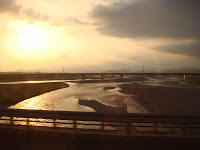 It crowns the landscape of undulating tea plantations, silent as in centuries past. We glided along the Pacific Ocean, where net buoys dotted the calm water. We crossed the Oigawa River—when Japan was ruled from the western city of Kyoto this river was said to be the western boundary for East Japan’s ghosts and devils. We crossed anyway.
It crowns the landscape of undulating tea plantations, silent as in centuries past. We glided along the Pacific Ocean, where net buoys dotted the calm water. We crossed the Oigawa River—when Japan was ruled from the western city of Kyoto this river was said to be the western boundary for East Japan’s ghosts and devils. We crossed anyway. 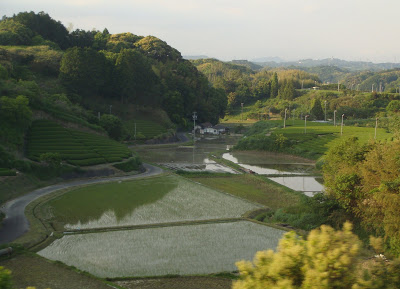
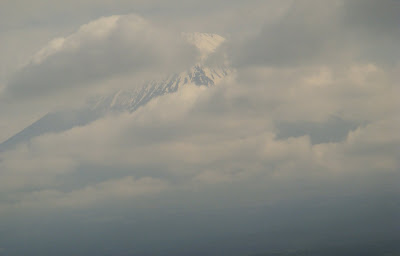 And did you know white, green, oolong and black tea all come from the same plant? White is harvested super early, green is unfermented, oolong is partially fermented and black is fermented. Oolong tea gives me a stomach ache always. And Japanese and Chinese green tea are different. Japanese green tea (sencha) is steamed as part of the drying process, so the brewed tea is a pretty light green color. Chinese green tea is not steamed, just dried and rolled, resulting in a sweeter tea that’s pale brown in color. Matcha, or powdered green tea, is different altogether in that it’s dissolved rather than steeped. And there is even another type of green tea: stem green tea. You can boil the stems with milk and sugar for a very refreshing chai. I bought some of that after the chai tea class.
And did you know white, green, oolong and black tea all come from the same plant? White is harvested super early, green is unfermented, oolong is partially fermented and black is fermented. Oolong tea gives me a stomach ache always. And Japanese and Chinese green tea are different. Japanese green tea (sencha) is steamed as part of the drying process, so the brewed tea is a pretty light green color. Chinese green tea is not steamed, just dried and rolled, resulting in a sweeter tea that’s pale brown in color. Matcha, or powdered green tea, is different altogether in that it’s dissolved rather than steeped. And there is even another type of green tea: stem green tea. You can boil the stems with milk and sugar for a very refreshing chai. I bought some of that after the chai tea class. 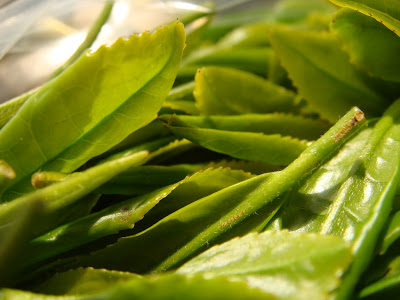
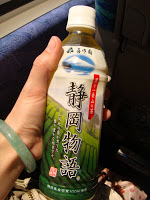 the second boil is when the bubbles are like crystal beads rolling in a fountain; the third boil is when the billows surge wildly in the kettle.”
the second boil is when the bubbles are like crystal beads rolling in a fountain; the third boil is when the billows surge wildly in the kettle.” 